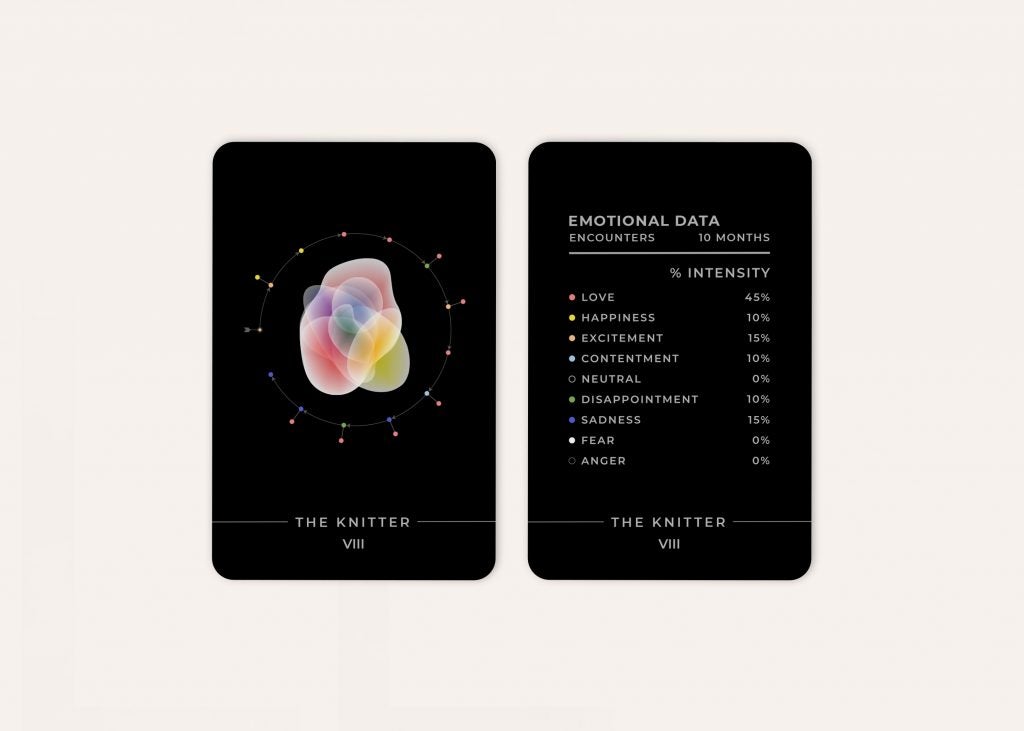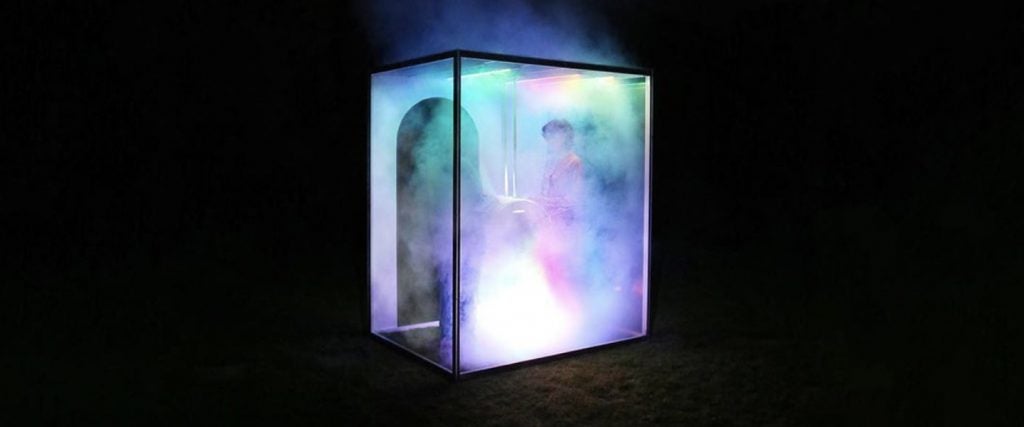Since the dawn of time, people have labored over one seemingly unanswerable question (most famously vocalized by Haddaway in his 1993 Eurodance hit) — what is love?
As it turns out, love is pretty easy to define. It’s a simple chemical formula that comprises C8H11NO2 + C10H12N20 + C43H66N12O12S2 — or, in layman’s terms, dopamine, serotonin and oxytocin. These are three of the four brain chemicals known as the “happy hormones” (the fourth being endorphins). While dopamine is deemed to be the “pleasure hormone” and serotonin is the “mood-stabilizing hormone,” oxytocin is colloquially known as the “love hormone,” thanks to its association with empathy, trust, sexual activity, childbirth and relationship-building. Yet, while those in love tend to feel they’re experiencing some grand, cosmic event fated especially for them and their significant other, this coveted formula can effortlessly be manufactured in a lab. In fact, it can even be applied, in carefully calibrated doses, to research subjects who’ve signed up to have their feelings of love, lust and intimacy tinkered with.
Still, even though they’re billed as a magic treatment to increase trust and cure stress, oxytocin pills and nasal sprays are met with skepticism by scientists. “Some of the ingredients and proposed usages of oxytocin might very well be true, but there is too little research to say so yet,” Kerstin Moberg, an early pioneer in oxytocin science, told Popular Science back in 2013. Plus, many scientists have warned that “overdosing on any of [these naturally-occurring hormones] can cause schizophrenia, extreme paranoia and insanity.”
Nevertheless, if you can artificially create love, can you hack the formula to reignite or repair it? This is the question creative technologist and 3D motion designer Tigris Li hopes to explore through her work. “[I want to] look at love through a qualitative lens and research this ‘equation’ to love,” she tells me. Li was drawn to this scientific approach after discovering its seemingly hackable formula, and became fascinated by the idea of applying numbers and data to hormones to recreate the chemical balance of the “emotional high we feel when we’re in love.”
It was this that led her to create “The Incu-Dater.” The experimental installation — which was just on display in London as part of Li’s Data Romantics exhibition — is a life-sized box with two sets of dials in the middle. Each of the dials represents a different emotion — love, happiness, sadness and anger. Two people (in friendships or relationships) enter the box, and press the dials in sync to note how they feel toward one another. The Incu-Dater then calculates each individual’s emotional data (i.e., how they set the dials), and prescribes them the dosage of oxytocin needed, if any, to mend their relationship. It’s then up to the pair to decide whether to take the dose, or walk away. Again, oxytocin isn’t currently being used in such black-and-white, relationship-solving terms, but Li says “this could very much be possible in the near future.”

“[I built the Incu-Dater] so people could experience first-hand the possibility of enhancing, repairing and falling in love through hormones,” she says. And although she has produced oxytocin in the box in experiments, she decided it would be unethical to use actual hormones in a public space — instead, at Data Romantics, she used essential oils known for their aphrodisiac properties.
Specifically designed for couples, Li wants the Incu-Dater to provide a space for them to “express and exercise their emotional intelligence to evaluate the status quo of their relationship” — rather than see an alteration in hormones as the answer to their problems. Li says that when the data is generated and printed out, she’s observed “a certain level of shock” in some couples “because one person may not have expected ‘X’ amount of sadness or disappointment.” This, she says, has sometimes prompted “a conversation of why and how they feel this way.” With this in mind, she wants participants to see the Incu-Dater as an “unreliable narrator,” and says she hopes that those who experience it will question its premise and draw their own conclusions about its moral ethics.
Tally, a Londoner who tried the Incu-Dater at Data Romantics with her roommate, had some of her own musings on its morality after the event. “I think hormone prescriptions to heighten romantic emotions are an interesting [idea] and certainly one that makes sense scientifically,” she says. “But, I’m not sure whether these hormones could be employed for repairing problems in relationships, as opposed to working on the root of the problem. Where my unsureness lies is whether ‘love drugs’ emphasize real amorous feelings or fabricate them, the latter of which feels like probably a tricky route to go down in a relationship.”
Li agrees, which is why she “absolutely” doesn’t want to see hormones as resolving emotional imbalances in people’s relationships in the future. “Dousing ourselves in dopamine, serotonin and oxytocin would simply be a form of avoidance, which would allow people to further repress and bury their thoughts and feelings,” she says. “Communication — particularly face-to-face — is one of the most vital factors to relationships.”
Ultimately, it seems that dosing up on love hormones won’t fix your relationship, but having a conversation with your partner probably will — whether that stems from a casual conversation ora box with emotion-deciphering dials is up to you.

